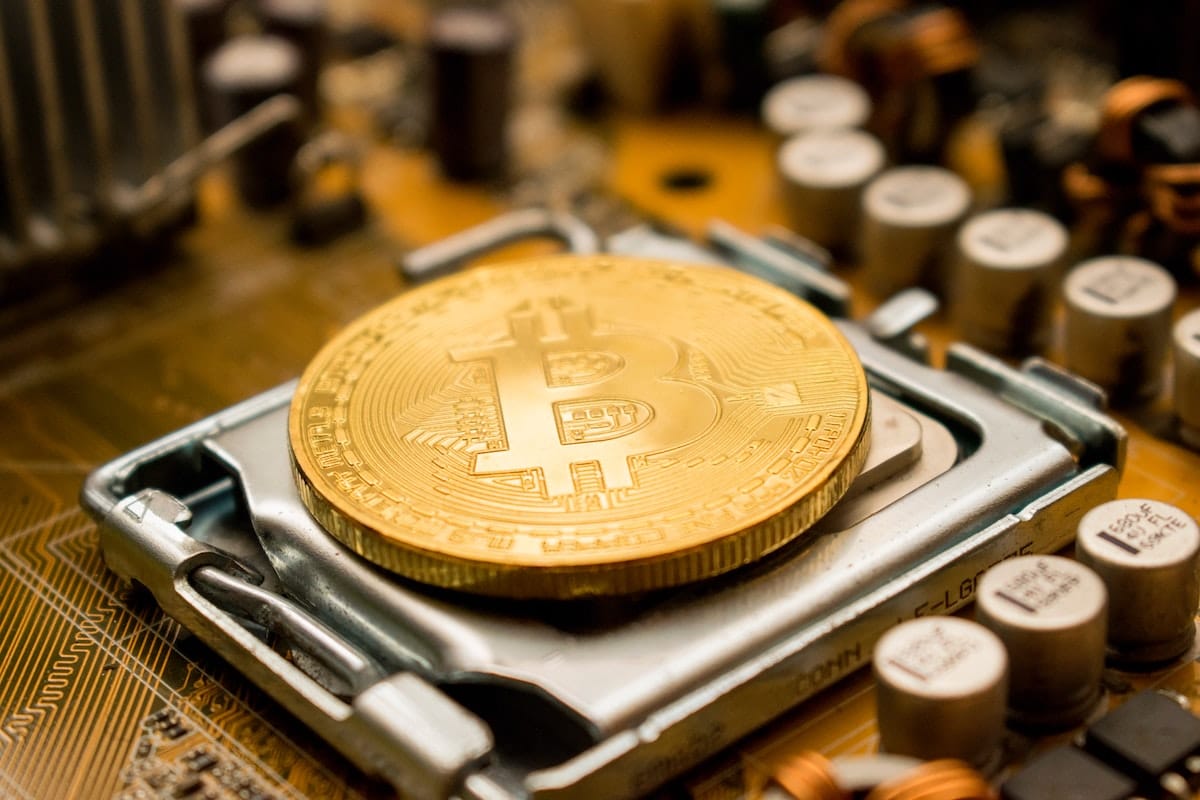As a caused by climate change, two energy upheavals are currently in progress that is mutually reinforcing each other and: the protest movement in human energy consumption, as brighter or more feasible options be a primary consideration; and also, the Bitcoin revolution, which is opening up an entirely new northern border in the upper layers has been used to generate value. And before we further dive deep into this article, register yourself on the official website of the bitcoin champion, and earn profit in cryptocurrency trading in the easiest ways possible.
For sustainable Bitcoin mining, solar in particular seems to be the leading immediate edge. Examples include Blockstream and Square, two Bitcoin market heavyweights investing millions of dollars in constructing a PV system cloud computing plant. Nevertheless, it is difficult to determine what proportion of the Bitcoin network’s total hash rate is produced by solar, but solar developer Blake King of RES Holdings claims that new solar projects are built “everywhere” in the United States. Compass Mining podcast host King said that although there aren’t any statistics available to establish how much solar energy is available, he has heard that power grid generating lines are clogged with new solar businesses attempting to get into the market, according to reports.
According to him, “it’s enormous.” Everywhere you look, you can see gigawatts of solar energy being added. According to the most recent Cambridge Centre for Alternative Finance energy data, “an expanding share of global energy usage emanates from renewable energy such as power generation, solar, or wind power.” However, the centre points out that “the exact electricity supply of something like the Bitcoin mining sector remains a mystery….” Estimates vary widely, ranging from about 20 percent to 30 percent of the overall energy supply to more than 70 percent.
Potential For Solar Bitcoin Mining
Bitcoin mining operations will be encouraged to leverage the cheapest power possible, in turn encouraging more processes around the world to change to renewable energy sources, such as solar. Even more so, if governments agree to lower levels of carbon emissions and provide additional incentives such as investment tax credits, it is conceivable that the proportion of mining operations that use solar energy may grow even more.
Electricity From Solar Panels Is Inexpensive
It is proving to be an excellent investment for mining companies with the skills and resources to put up solar-powered rigs in remote desert locations. Assuming that you have already paid for the solar panel installation, the cost of mining is almost nothing. Reduced dependence on electricity, a common source of financial strain for mining operations, opens up additional profit opportunities. Merkle recently reported that such a Bitcoin mining business had been set up. A total of 25 different computer rigs are presently being used by the arrangement, operating effectively for almost a year. It has proven to be so lucrative that the miner in charge of the business intends to expand the number of computers in operation to 1,000 by the end of the summer season.
According to one specific desert miner, the individual mining equipment was about $8,000. All solar panels, power controllers, batteries, and the Antminer S9 ASIC CPU were included in this price. Each miner generates a profit of about $18 per day when fully operating.
The Disadvantages of Solar-Powered Mineral Resources
During his written study, Frumkin observed that although solar energy is environmentally friendly and sustainable, it also has significant drawbacks, including limited sunshine hours in the summer. Let’s Compare solar energy to other energy sources: It illustrates how readily available it is: For example, Frumkin and Blake stated that there are a variety of methods to fill in the hours when there is no sunshine (as well as those when it is overcast or there are dust storms) to make solar power more cost-effective.
And to fill in the gaps, some businesses rely on natural gas generators, which provide a cheap and nonrenewable energy source. Most other miners have contracts, known as “power purchase agreements” (PPAs), with their local energy networks that allow them to buy off-peak, low-cost electricity during the night for as little as two cents per kilowatt-hour. The power that would otherwise be wasted may be used in this way. For the most part, solar power firms utilize batteries to collect and store surplus sun rays, which is particularly advantageous for small businesses. For large-scale operations, however, it is not an option.
Frumkin told Bitcoin Magazine that a solar panel and battery system installed on someone’s roof would be sufficient to run a few miners with 100% uptime.Suppose the solar farm is considerably more extensive and is intended to provide electricity to the grid. As an example, consider the situation described below, in which the battery power was allocated for the grid, and the only force that could be utilized for mining was the excess generated after satisfying grid demand and replenishing the batteries. In such a scenario, the risk/reward ratio of mining does not seem to be attractive.”


